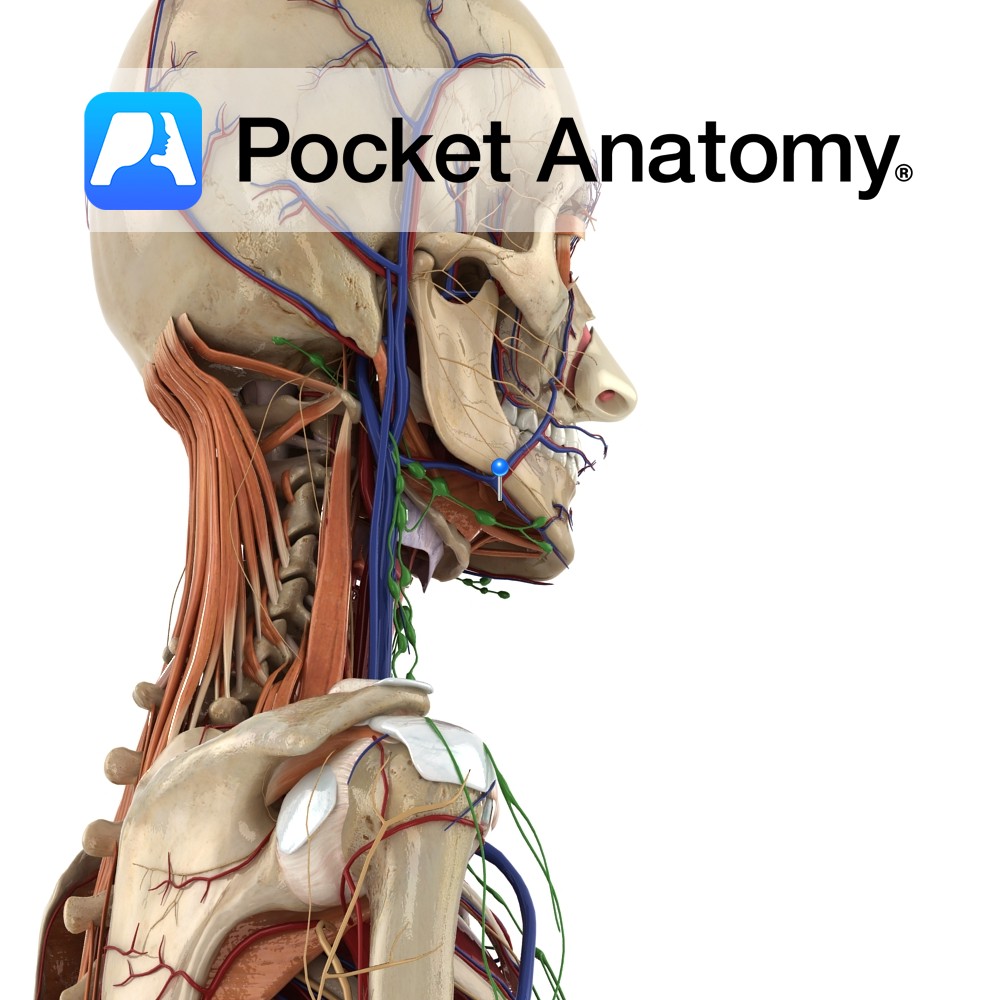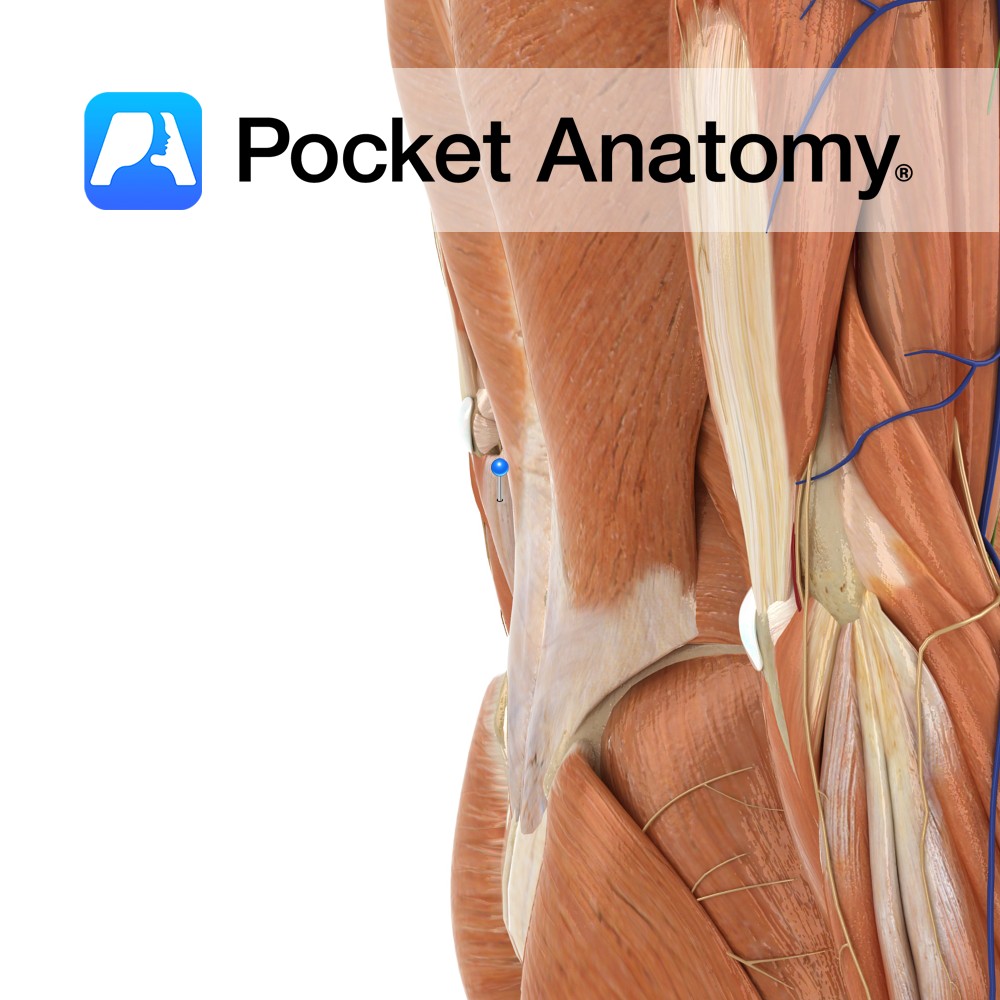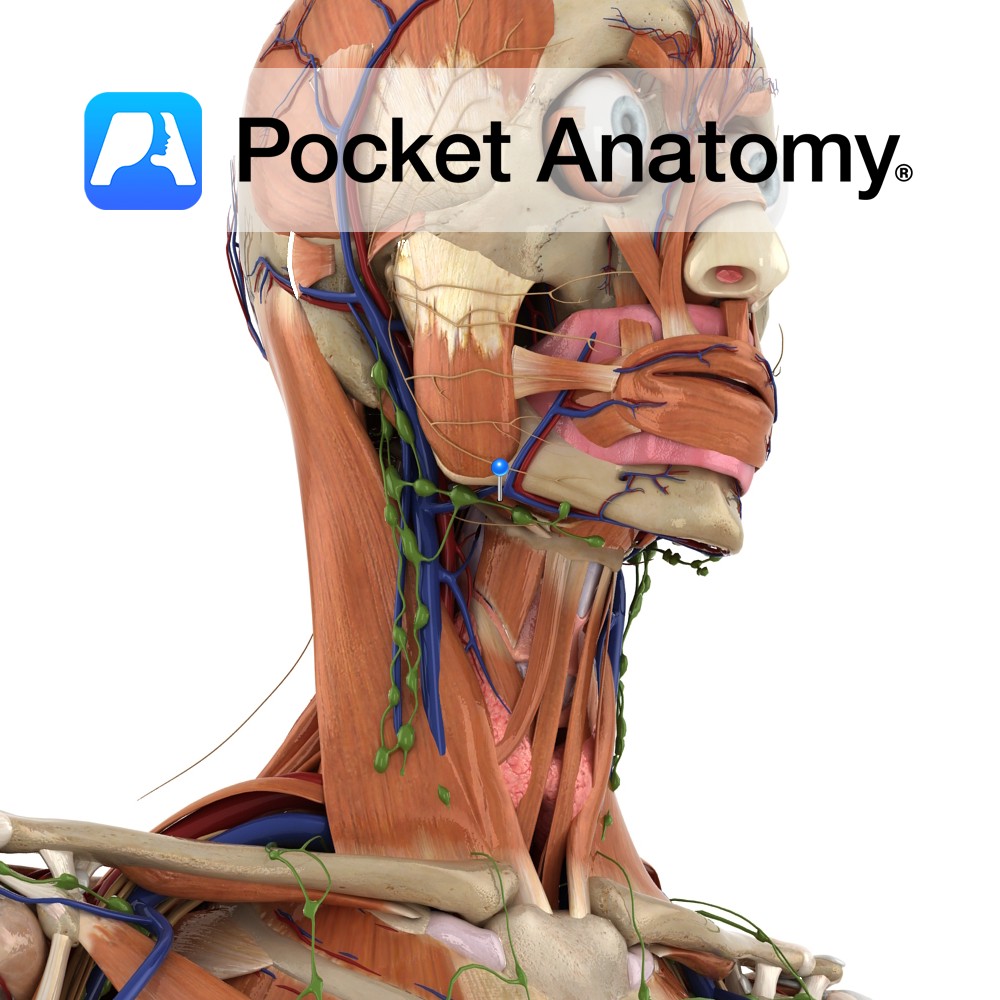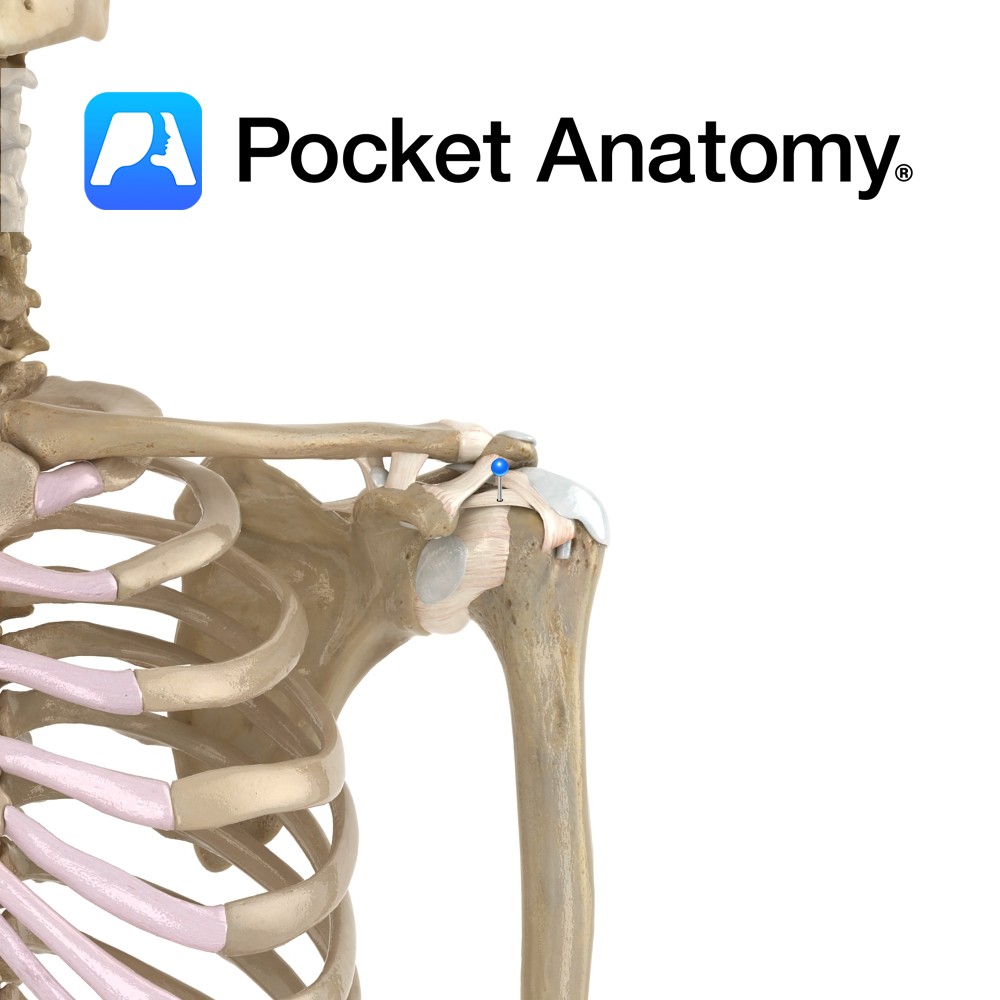Anatomy
Course
Arises from the posterior trunk of the mandibular nerve (V3), and also carries fibres from the facial nerve (VII). The lingual nerve first arises between the lateral pterygoid muscle and the tensor palatine muscle. It is then joined by the branches from the facial nerve (VII) via the chorda tympani nerve, while it is descending between the lateral and medial pterygoid muscles. From here it then enters the oral cavity, passing between the posterior attachment of the mylohyoid muscle and the attachment of the superior constrictor. It enters a groove on the inside of the mandible immediately beneath the last molar. It then passes into the tongue on the surface of the hyoglossus muscle.
Supply
The lingual nerve provides general sensation to the anterior two-thirds of the tongue and the floor of the oral cavity, via the fibres arising from the mandibular nerve (V3). The fibres arising from the facial nerve (VII) via the chorda tympani carry taste from the anterior two-thirds of the tongue and supply the lower salivary glands with parasympathetic innervation.
Clinical
Due to the lingual nerves superficial location whilst it is running in the groove of the mandible, it is at risk during procedures on the molar teeth and gums. It is often damaged during dental injection of anaesthesia, resulting in a loss of sensation and often a feeling of pain in the tongue.
Interested in taking our award-winning Pocket Anatomy app for a test drive?





